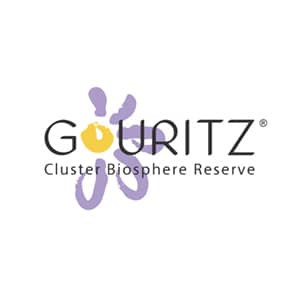
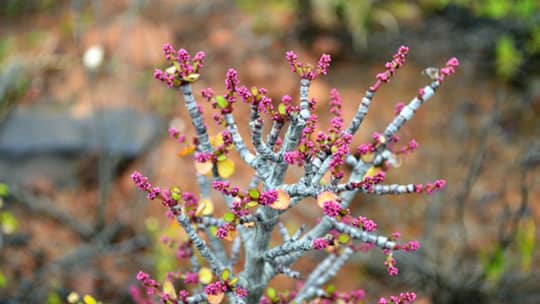
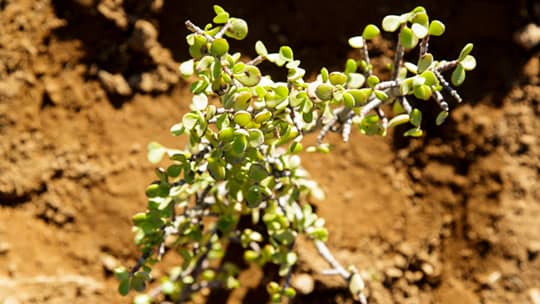

Restoring the Gouritz Cluster Biosphere Reserve
Since 2017
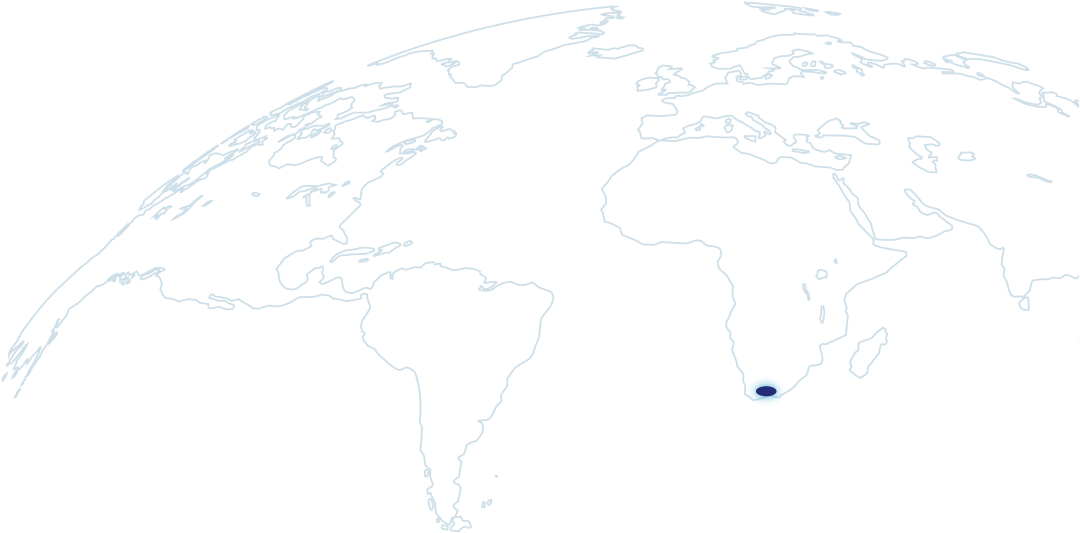
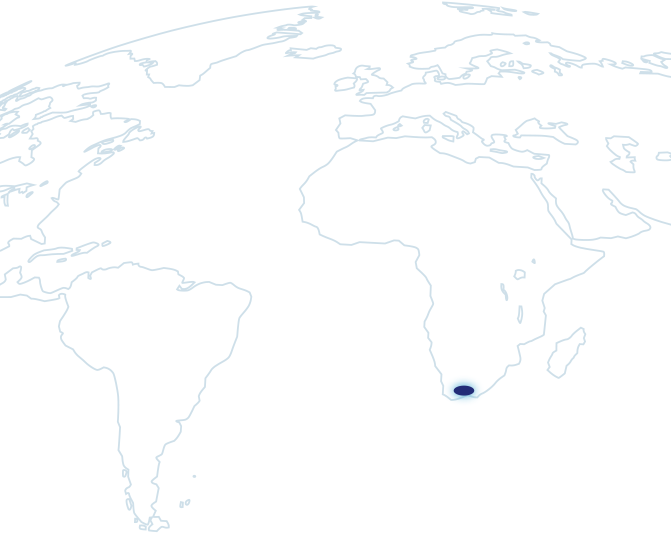
The Gouritz Biosphere Reserve is located in the southern-west of South Africa. It is a unique region in that it is the only place in the world where three global biodiversity hotspots converge: the Cape Floristic Region, Succulent Karoo and Maputoland-Pondoland-Albany hotspots. The GCBR is characterized by high endemism of plant species, which means they occur nowhere else on earth. At least 670 of the approximately 5,000 plant species present are endemic to the Biosphere Reserve region. Formal recognition of the Gouritz Biosphere Reserve by UNESCO was attained in 2015.
Land has been cleared on a large scale for cultivation which has left nature isolated and limits the movement of species. Current threats stem from poor agricultural and land management practices, erosion, invasive alien vegetation, water stress and frequent fires. The region also suffers from poverty and social exclusion.
The GCBR programme has three main elements:
Programme action is building ecological corridors through restoration of degraded land by erosion control and spekboom planting that is carried out by a key partner, Jobs for Carbon in the arid Karoo region and clearing invasive plant species, erosion control, restoring wetlands, and releasing bio-control in the coastal region. Connectivity across the region is further enhanced by extension work with land owners to support improved land management and ecological functioning. The team also undertakes various ecological monitoring activities and facilitates postgraduate students in research projects.
The GCBR supports local green businesses to set-up or expand, drives local initiatives to improve the nature tourism offering, and runs a broad programme of youth empowerment, education and engagement projects.
The GCBR is also supported by the Irene M. Staehelin Foundation.

Protect the unique biodiversity and restore degraded ecosystems in South Africa’s largest biosphere reserve:
See the article(s) below:
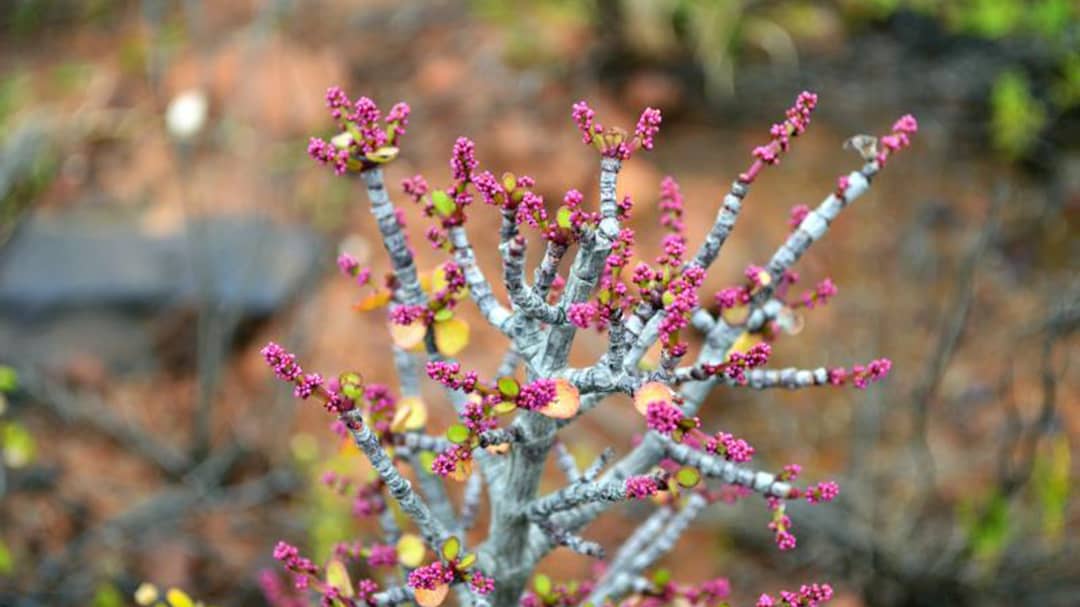
Meet Linda Fletcher, the newest member of the Gouritz Cluster Biosphere Reserve (GCBR) team in South Africa. With a corporate background, Linda brings a fresh new perspective and energy to the GCBR which immediately resulted in a spontaneous eco-tourism project.

GCBR and WRI’s Resource Watch teams have worked together on building a customized Resource Watch dashboard of the ecological trends in the GCBR over the last 20 years. The dashboard shows the trends of ecological indicators in the biosphere, with a specific focus on visualizing the effective changes over time.
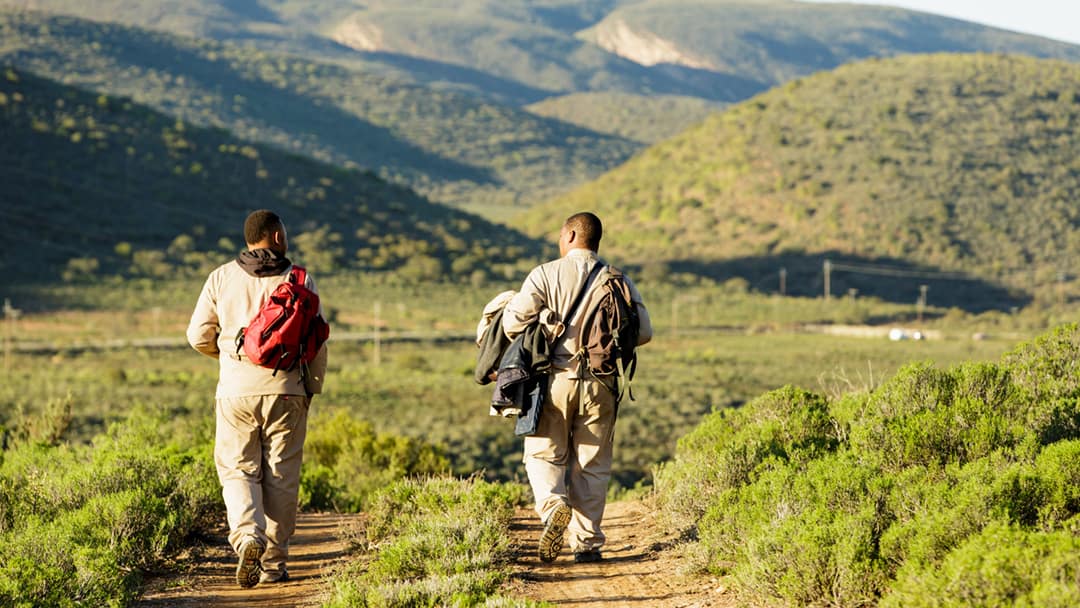
Since the current Spekboom restoration efforts are costly, as it is labour intensive, the teams of GCBR and Crowther Lab (our partner and research group that focusses on generating globally-relevant ecological information) are now exploring a possible collaboration, in which Crowther Lab can help find alternative restoration methods in the Little Karoo region.
Photo credits
– Spekboom country © www.hansvanderveen.co.za
– Man carrying Spekboom sideview © www.hansvanderveen.co.za
– Man carrying Spekboom frontview © www.hansvanderveen.co.za
– Woman with noteboard © www.hansvanderveen.co.za
– Close-up green Spekboom © www.hansvanderveen.co.za